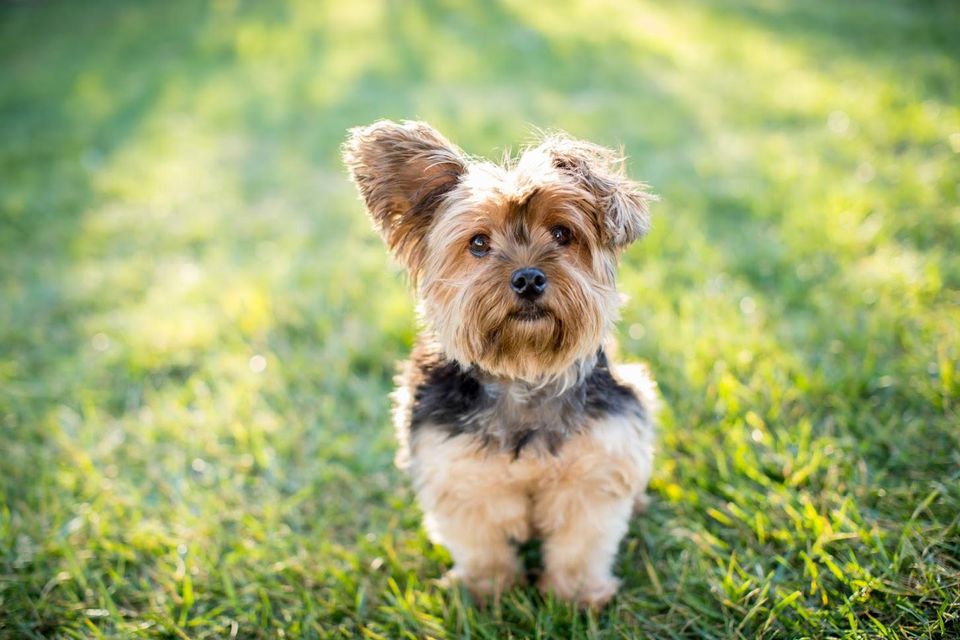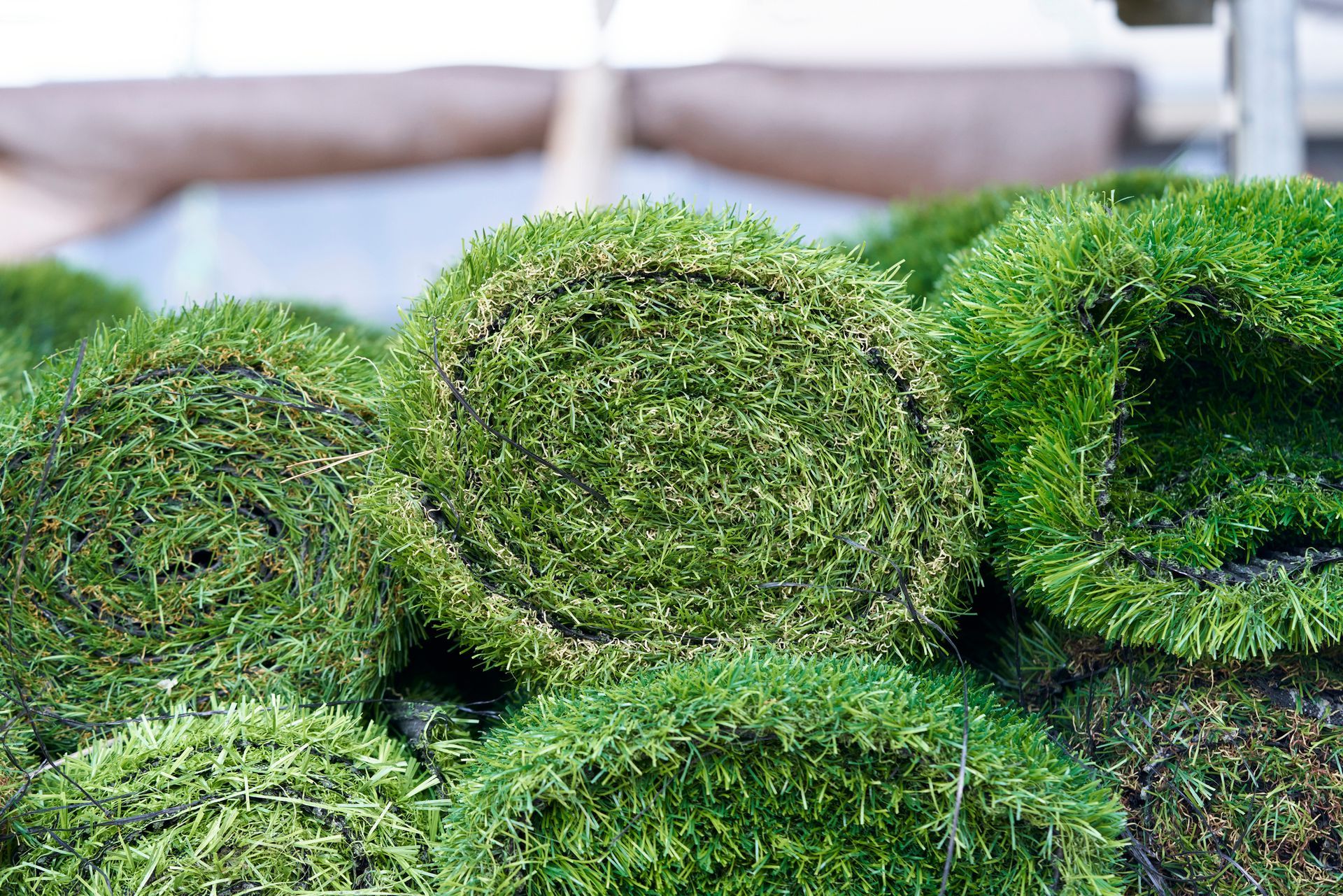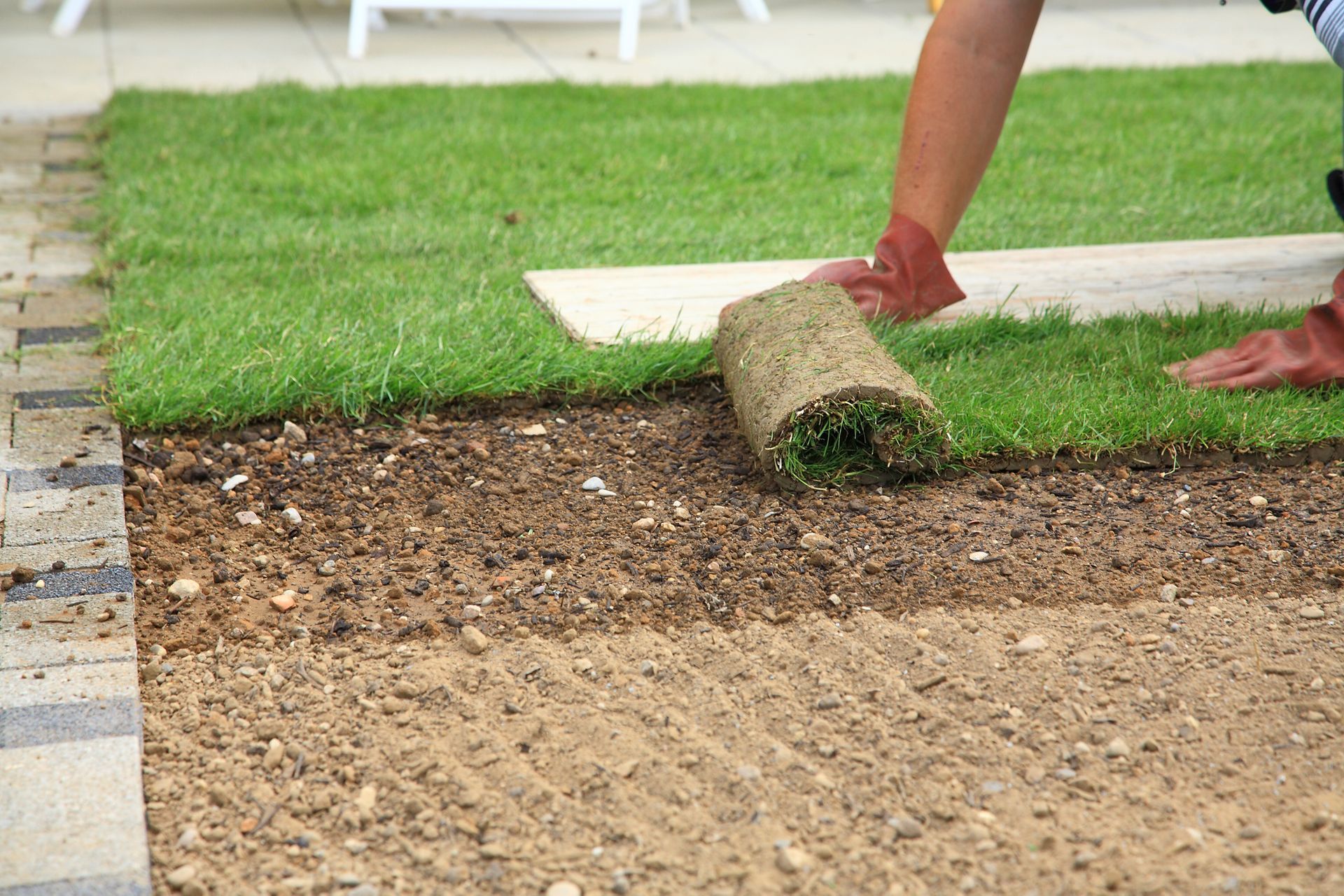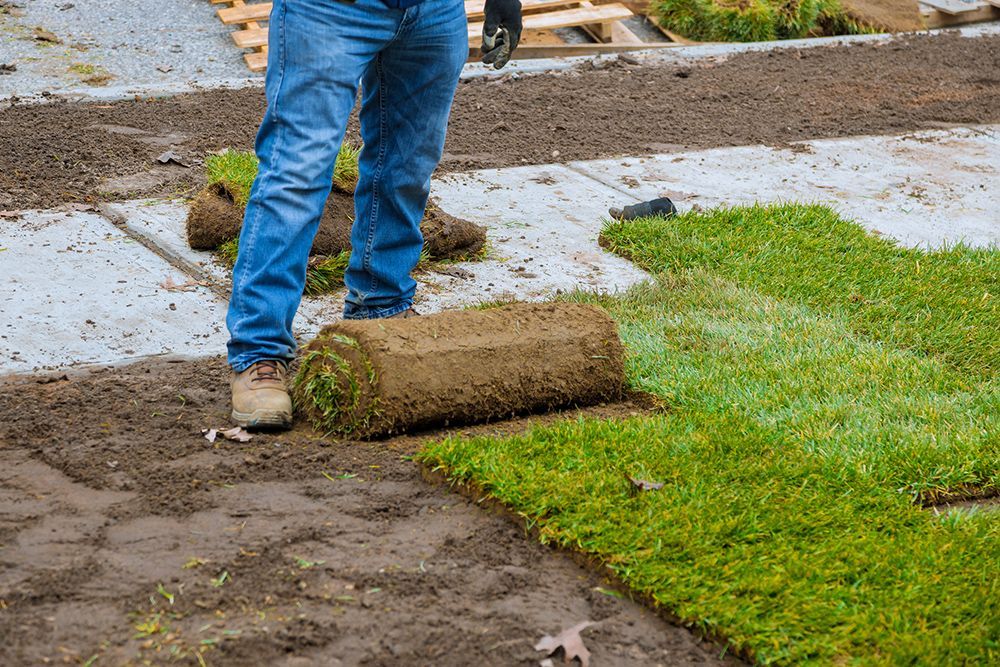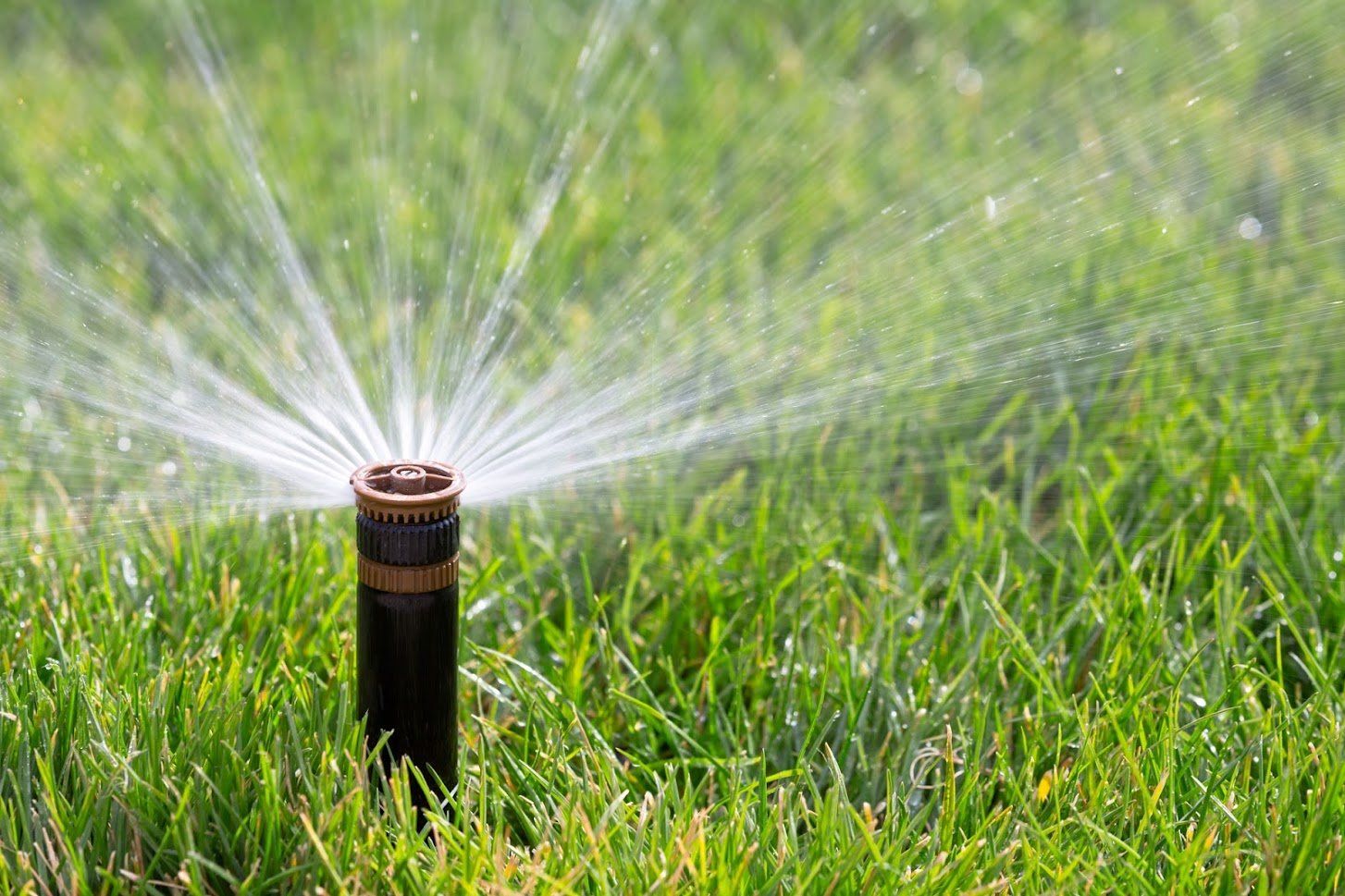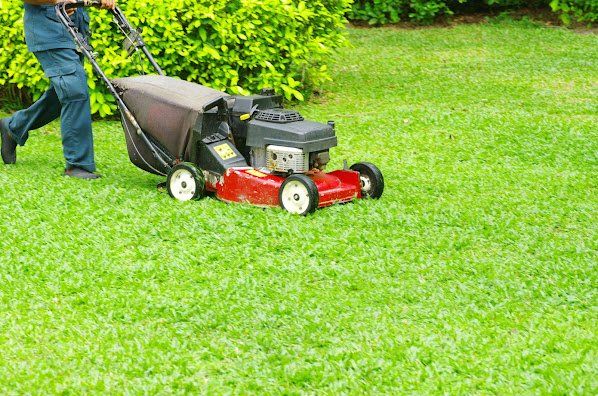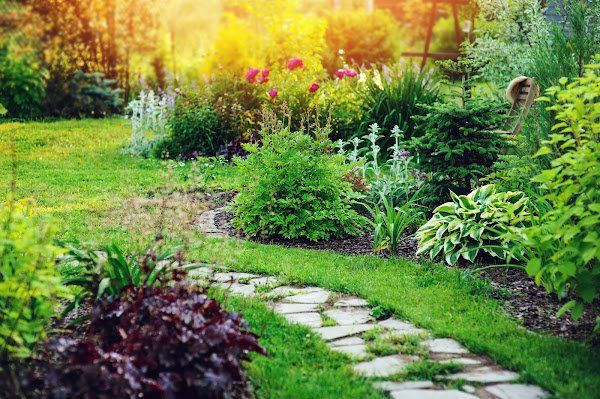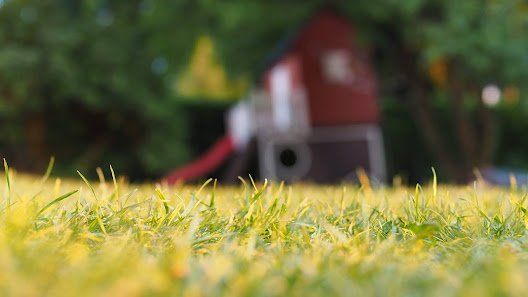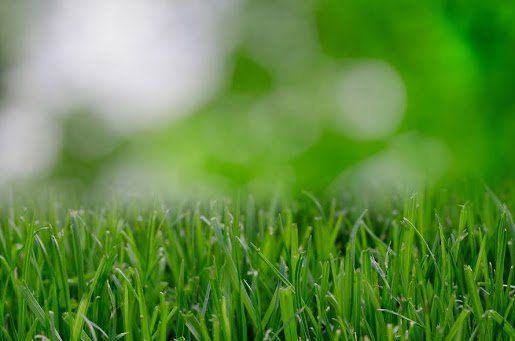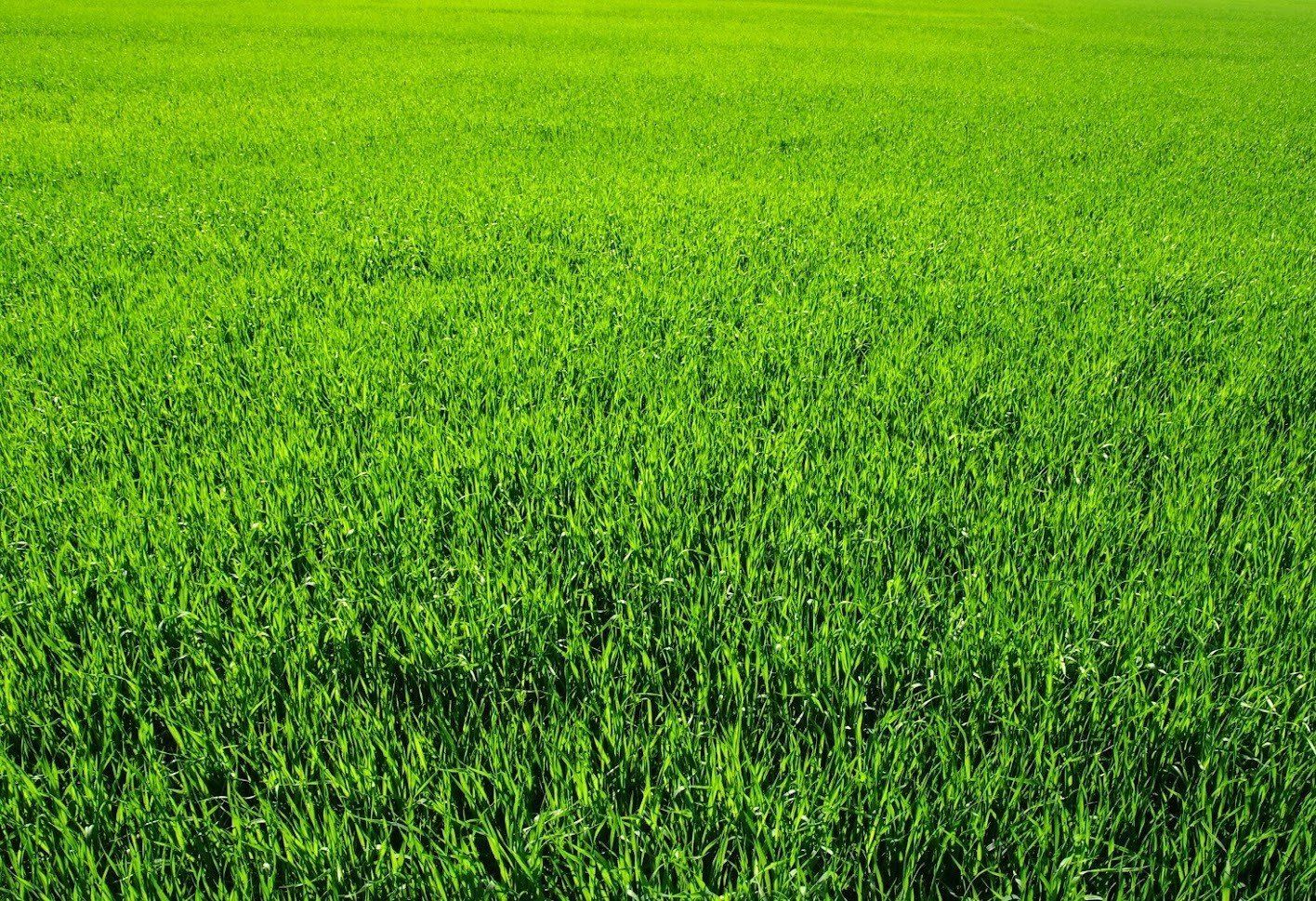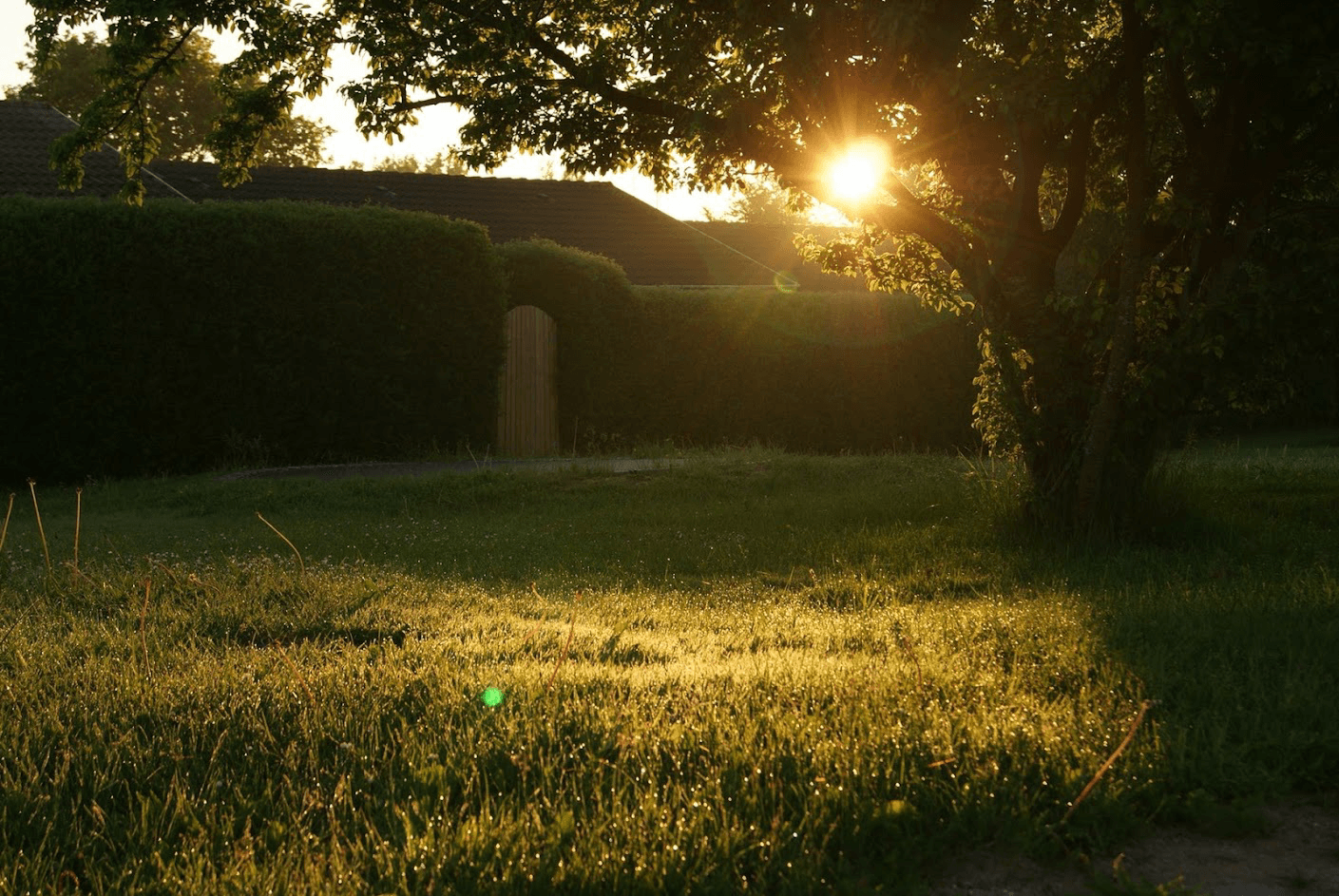Your Guide To Creating A Dog-Friendly Yard
A lush, green yard is a serene sight at the end of a stressful day. However, one obstacle can prevent you from achieving your dream lawn: your canine family member. Dogs can cause notable damage to your lawn in a short period. Check out these lawn care tips so that you can create a beautiful, dog-friendly yard.
Opt for Grass or Sod Variety Suited to Your Pet
Certain species of robust grass and sod are better suited to the stress caused by your furry family members. You don't have to completely re-seed your existing yard if it already has established grass. However, if you plant a new lawn or want to thicken your current grass, select a hardy variety that can withstand any stress your dog causes.
Many pet owners favor Kentucky bluegrass. Kentucky bluegrass not only grows rapidly but also is resistant to frequent pet traffic. It thrives in multiple growing regions.
Local climate informs which grass will grow best in your yard. Perennial ryegrass is a good selection if you reside in a cool climate, as this variety rapidly establishes a strong root system and boasts a quick growth rate.
Bermuda grass grows well in areas with frequent warm weather (55 degrees or above) and requires little irrigation. Though Bermuda grass will turn brown during extended cold spells, it quickly regains its color once warm weather returns.
Get Your Dog's Digging Under Control
Many dogs love to dig, but this behavior is one of the most common causes of pet-related damage to lawns. If your dog likes to dig holes or bury toys, it's vital to get these habits under control before your yard suffers even more damage. You have a few alternatives to deter your dog when they decide to dig.
One solution is to provide your dog with more exercise or invest in a few new, interesting toys. Some dogs dig because they're bored or have excess energy. Try adding longer walks to your exercise routine or give your dog puzzle toys that challenge their brain. When your dog starts to dig, tell them "no" and offer an acceptable alternative, like an interesting toy or bone.
Another option is to make your dog's favorite site an uncomfortable place to dig. You can place rocks or citrus peels in and around areas where your dog tries to dig. A motion-activated sprinkler system in favored digging areas is another option for dogs who are deterred by water. An additional benefit of the sprinkler system is that you can use it to water your lawn during dry spells.
Know When Dog Urine Is Problematic
It's a myth that dog urine is guaranteed to cause an unhealthy lawn. Some pet owners mistake fungus-related brown or yellow spots as damage from pet urine.
Determine whether your lawn damage is from pet urine or a grass fungus by attempting to pull the grass up; if the grass comes up easily, your lawn likely has a fungus. When the grass remains firmly planted, the discoloration may come from pet urine.
If you believe pet urine is discoloring your grass, make sure that your pet consumes ample amounts of water, as concentrated urine is more likely to discolor grass. Another option is to reduce the amount of protein in your pet's diet. However, don't make any dietary changes without consulting your dog's veterinarian.
You can also train your dog to urinate in the same spot. This keeps the damage contained to one area and makes it easy to replace the damaged portions with sod as needed.
Need to reverse lawn damage caused by your dog? Contact Novasack Turf Farms to learn how sod can help you transform your yard.

